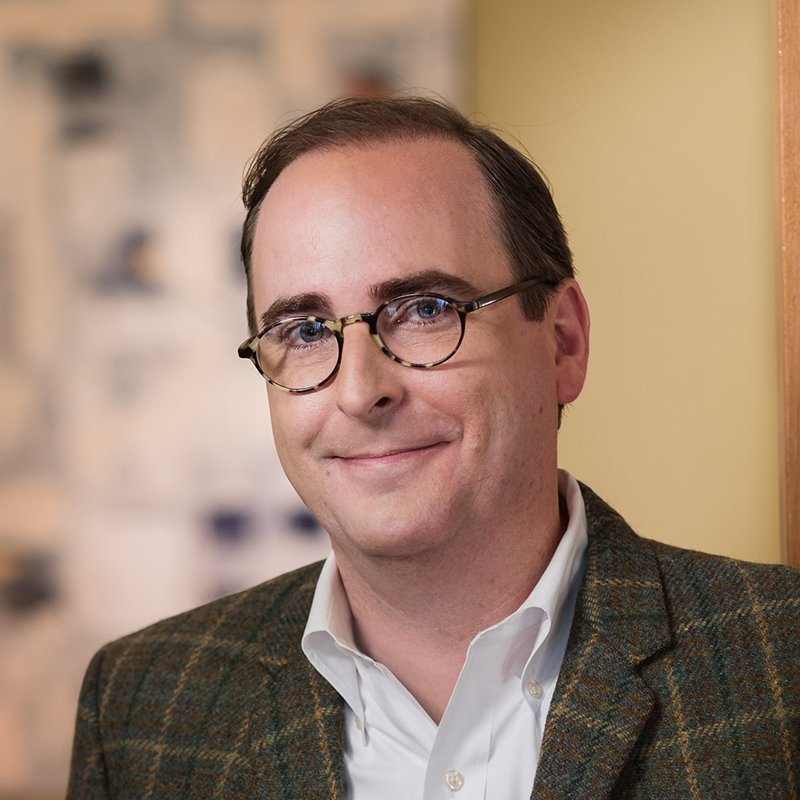Protecting your cause from polarization.
Nothing you and I are working on should be viewed as political. Yet, as I review the agenda and attendees at this week’s Collective Impact Summit, I’m struck by the number of initiatives that fall into the category of political wedge issues.
While I can appreciate that people have different ideas on the best way to address some of our most difficult societal problems, it can be tough to see progress halted as a result. Do we not share the same goals? Who can be pro homelessness, anti-healthcare access, or in favor of school shootings? My hope is that those of us acting in good faith merely differ on the routes to outcomes we can all feel good about. Or that we only disagree on how to finance the solution.
What a breath of fresh air to see The Chronicle of Philanthropy recently launch “The Commons,” a series of interviews, articles and guest essays centered on how philanthropy can bring a divided America together. A forum for dialogue is a beginning, but many fear today’s political stances are so bifurcated that they’re irreconcilable. The acrimony in our country hasn’t been this intense since the late nineteenth century when the wealth disparity and political polarization matched that of today.
In contrast, I offer an experience that might inspire a little optimism.
For six years, I’ve led communications and program design for a statewide contraceptive access initiative in South Carolina. The initiative is based on collective impact principles and includes more than 50 partner organizations and 150 clinical locations across the state. It offers eight methods of contraception, all for free or low-cost, including the most effective and expensive methods, IUDs and implants.
Prior to the launch of the program, I put together an extensive crisis PR plan. It was a three-ring binder with prepared statements to the press, responses to negative posts on social media, a Q & A document and talking points for one-on-one inquiries. I had copies on my desk, in my car and at home.
My thoroughness (and paranoia) was grounded in our public education campaign. The campaign included television and radio spots, extensive social media messaging and hundreds of billboards, all promoting free or low-cost birth control. I thought controversy would be a given. Specifically, I prepared for calls from conservative lawmakers, fundamentalist religious leaders and irate parents.
But the calls never came. There were no protests on social media. No significant backlash in editorial pages or other public forums. Instead, there was progress. Since I wrote the crisis plan, our initiative has served more than 480,000 women. That’s one in three women of childbearing age in South Carolina, and there’s been a 44 percent reduction in unintended pregnancies.
It was a win. For everyone. And as a result, there is now even bipartisan support for the program. For those on the left, we’re working to empower women, increase educational attainment and foster social mobility. For those on the more conservative end of the spectrum, the program has saved taxpayers more than $820 million and prevented more than 35,000 abortions (all prior to Dobbs). We have succeeded not just in our results, but in giving all sides something on which they could agree.
But none of that could have happened without the brightest of spotlights and corresponding vulnerability that led me to keep a crisis PR plan in my car. Our initiative went all in on a strong, highly recognizable brand (No Drama). That courage and investment generated consumer demand. Consumer demand rendered the outcomes that catalyzed further support. And the political agreement grew as the initiative’s success mounted. So here are my three suggestions if you need to bridge a political gap:
1 |
Most initiatives’ successes have inherent benefits that align with both political ideologies, albeit in different ways. Frame your solutions accordingly. |
2 |
Build a strong centralized brand, even when there are partners who want autonomy. Collective progress trumps independent agendas. |
3 |
Invest in a highly visible consumer education campaign that generates consumer demand for your solution. Winning brings everyone a little closer together. And we can’t make a difference if we’re a best-kept secret. |
People before politics,
Kevin
If you’re attending the Collective Impact Summit, let me know. I’d love to connect.



